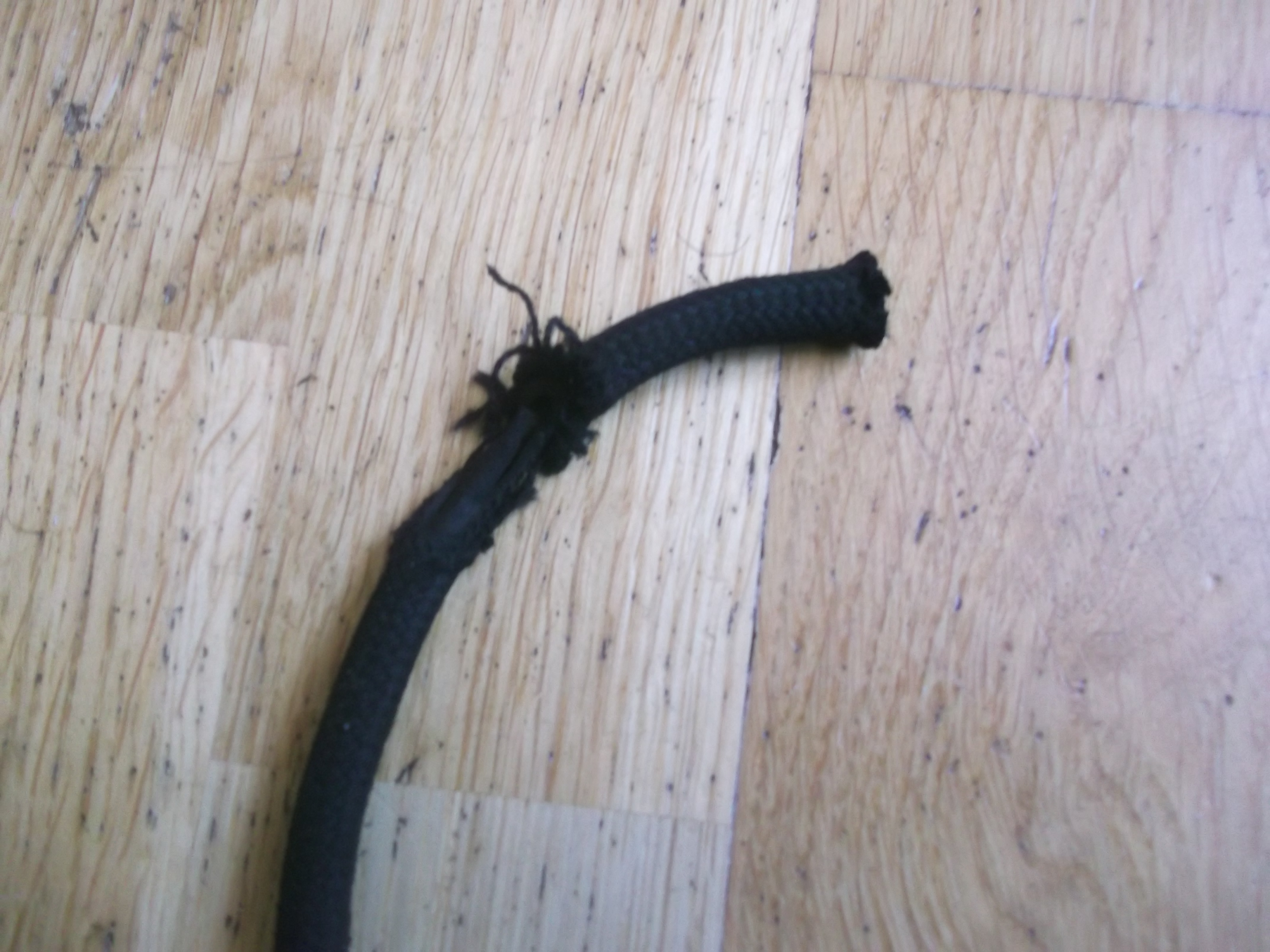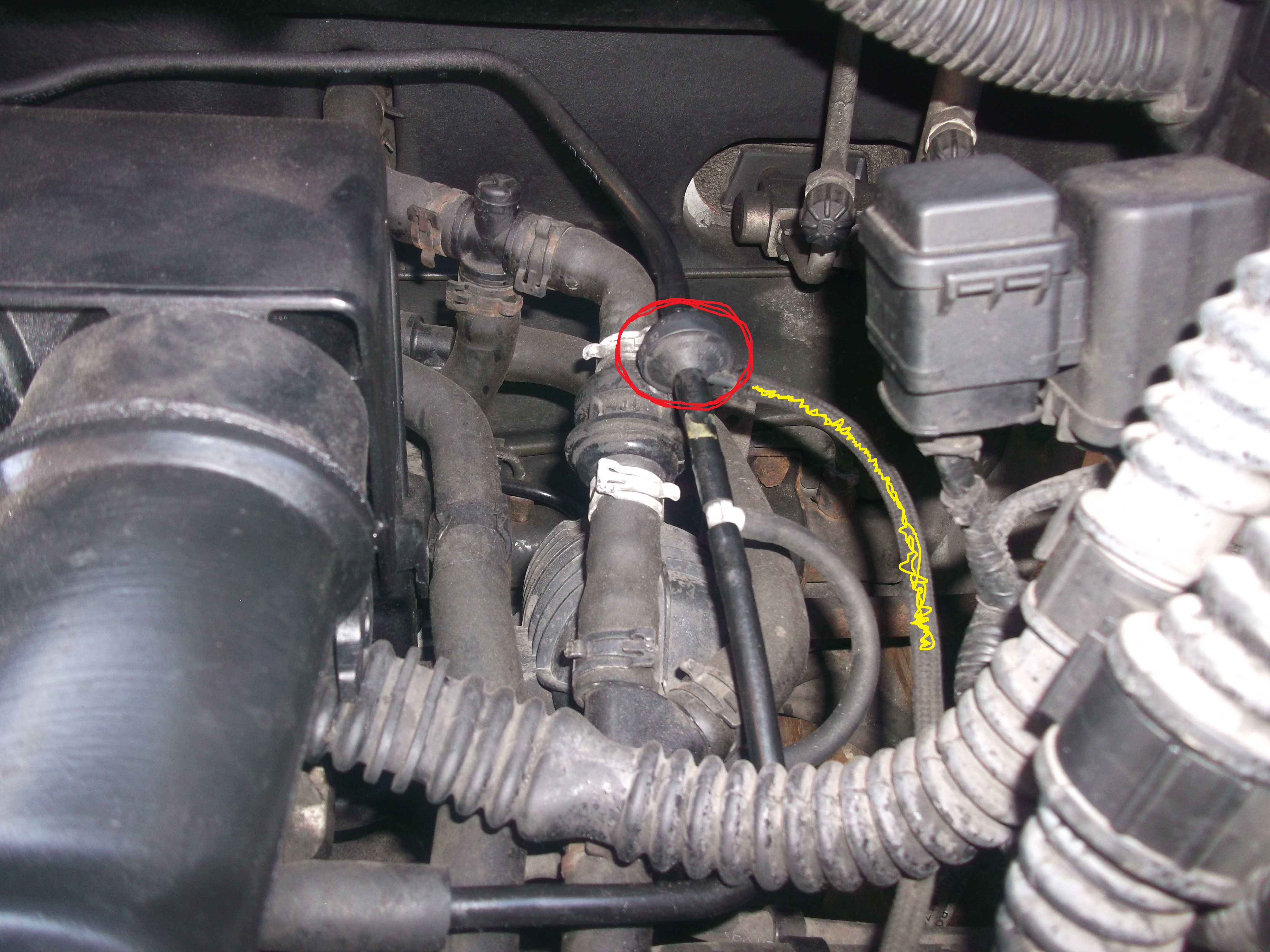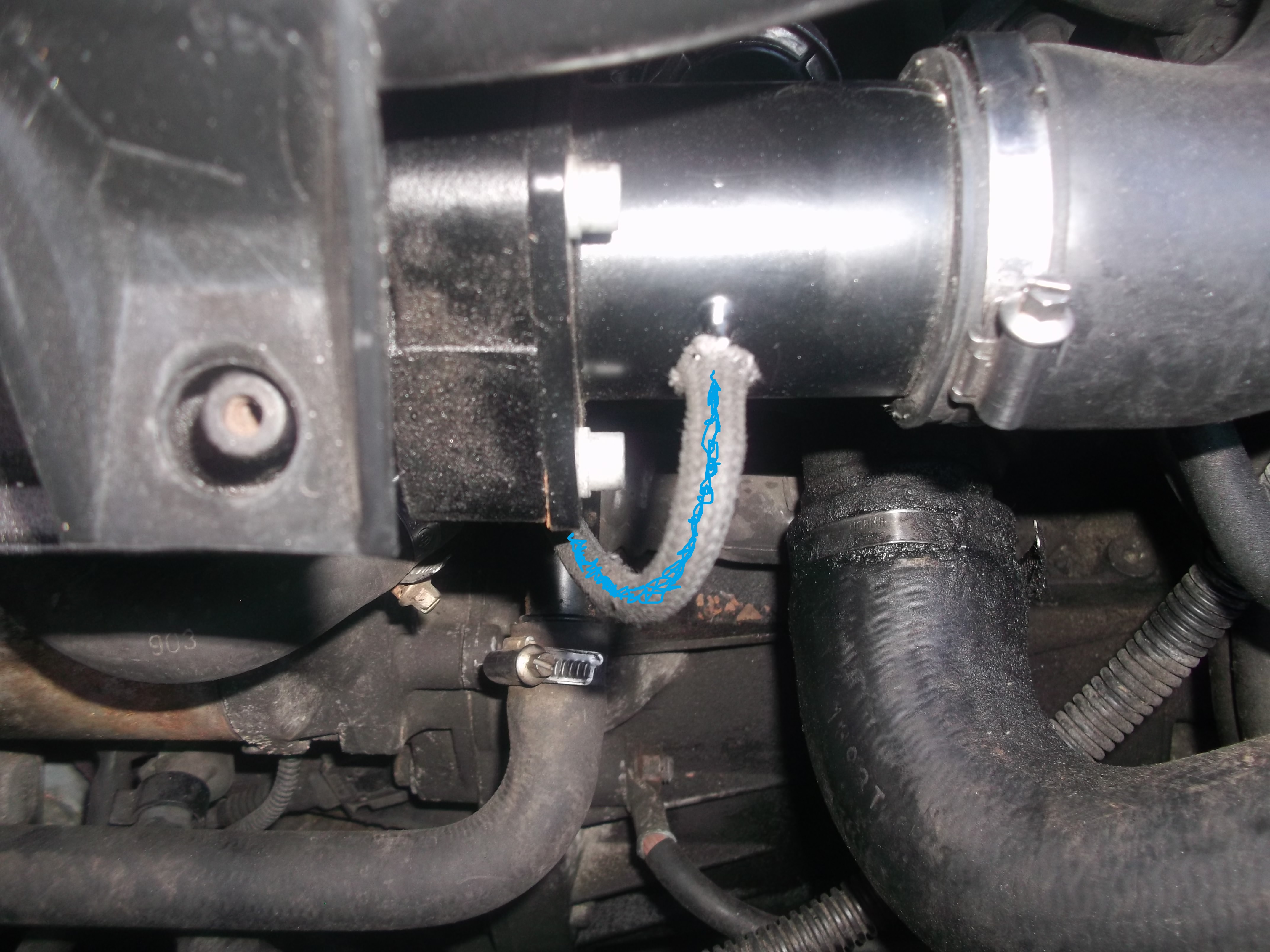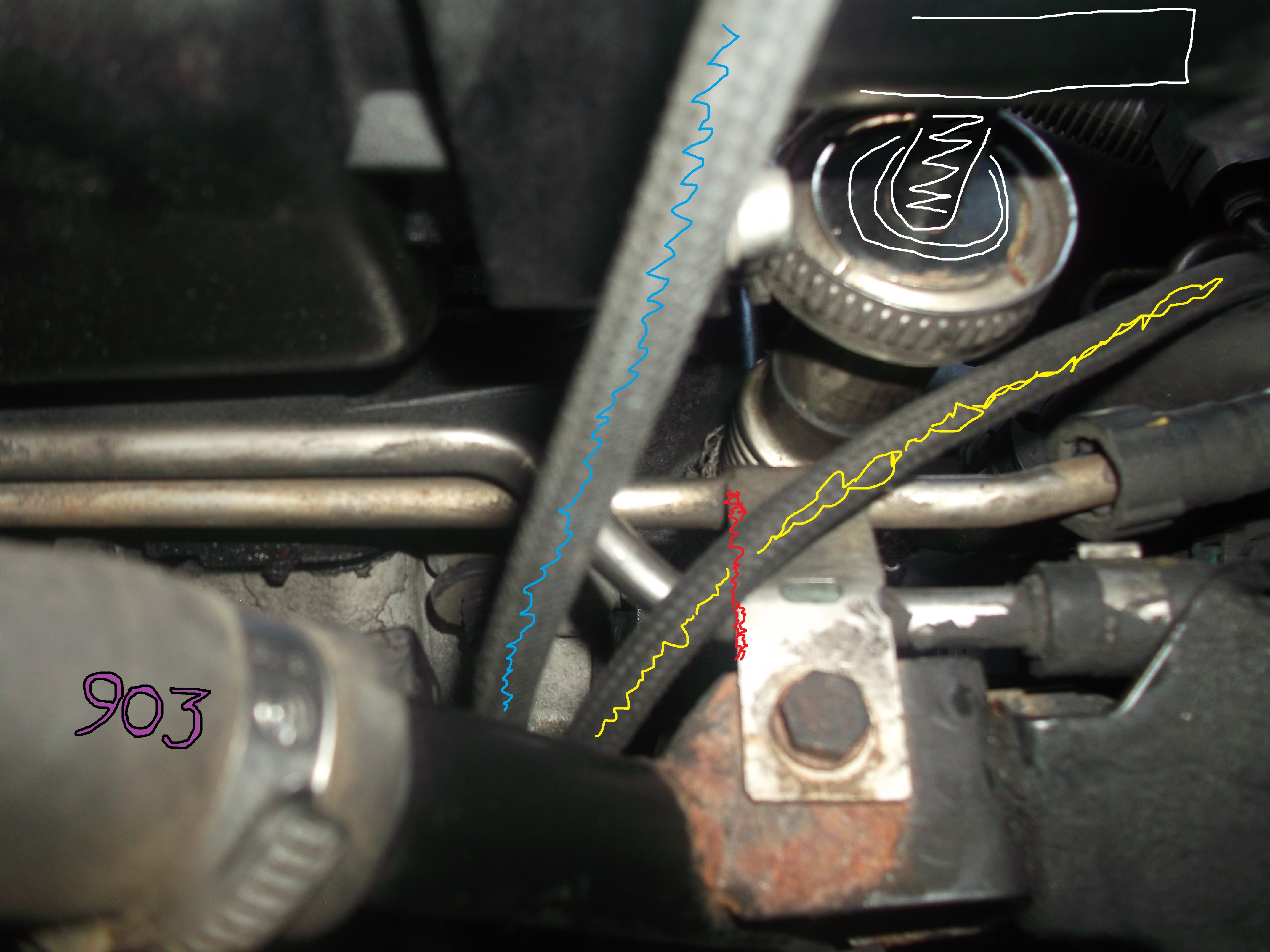I realise this may be a moot post to many and kinda covers ground already covered, but I'm going to cover it again lol.
Now I've been driving around in my poolander for 2 weeks, today I took on the challenge of investigating my braking fault. The fault being a pedal which works well on first press and becomes hard and ineffective with each release and subsequent press. After a couple of days very careful driving I learned that the brakes were fine as long as I maintained some effort on the pedal once I applied it, so if I needed to brake further I'd still have sufficient vacuum to emergency stop.
Over the last couple of weeks I've been reading threads on here about solving this braking issue and I didn't want to condemn my servo, it looked so new and shiny, vacuum pump also looked so new and shiny, majority of hoses also look nice and shiny so I was kind of at a loss, good outward appearance doesn't always mean parts are good inside... but still.
After the car dealer gave me my documents there was an invoice among the paperwork citing new brake pipes and rear wheel cylinders done 3 months ago and a note at the bottom claiming the vacuum pump was weak and not doing it's job properly.
Today I was reading tips on finding vacuum leaks on ebay, which mentioned using brake cleaner squirted on the servo and check valve to see if it sucked in any cleaner. Not something I wanted to use brake cleaner for tbh solvents have their place and this isn't it... so I decided to use incense sticks which produce enough smoke to track, they burn slow and I can direct as I need to... but I didn't get that far to need the stick. After locating the check valve I started the engine and followed the cotton braided rubber hose which runs from the check valve to under the EGR, fiddled about with it and heard the hissing and felt the fraying and floppy hose which had simply chafed as other members here have suggested happens.... took a photo and snipped the bad bit off, fiddled about for a few minutes trying to get it back on and the problem was gone... even the hand brake improved a lot afterwards. While the leak was there the handbrake was practically useless but now it at least works but I think there's still room for improvement in the drums and possibly bleeding may do it good since it's obviously been bled with a vac leak which isn't going to optimise performance...
When it comes to finding vacuum leaks all you really need are your eyes, fingers and ears... no special tools to isolate this pipe or that pipe. If you have good braking at some point, i.e on the first press, then I wouldn't condemn the vacuum pump... if you can regain vacuum then again I wouldn't condemn the vacuum pump.
If a pipe looks good, it probably is... if it sounds good, it probably is... and you can't rely on claims made by mechanics who want to make money. So whomever owned this poolander before me probably got stung for new pipes and cylinders, but I appreciate them lol, when all it needed was a hose trimming. I guess they'd rather sell it than pay for a new vac pump they were told wasn't 100%.
So how obvious can a leak be?

check valve circled in red, leaky hose in yellow

hose from EGR in turquoise. using this hose a guide for putting the yellow one back is very useful when you can't see what your hand's doing. 2 minute job and nothing else removed.

view from underneath EGR, EGR marked in white...two hoses side by side in situ after I replaced. originally the yellow hose was placed under the hose marked 903 so it'll have a new chafe point marked in red I'll have to address. I think it originally chafed under the steel tube hose 903 connects to.

In short: if you can't see the leak, feel the leak or hear the leak... there's likely no leak, and don't take what they tell you at the garage as gospel. Makes me shudder to think they might have found this leak and rather than fixing it for free they'd condemn a pump to extract money from someone and leave them driving around with dodgy brakes.
Now I've been driving around in my poolander for 2 weeks, today I took on the challenge of investigating my braking fault. The fault being a pedal which works well on first press and becomes hard and ineffective with each release and subsequent press. After a couple of days very careful driving I learned that the brakes were fine as long as I maintained some effort on the pedal once I applied it, so if I needed to brake further I'd still have sufficient vacuum to emergency stop.
Over the last couple of weeks I've been reading threads on here about solving this braking issue and I didn't want to condemn my servo, it looked so new and shiny, vacuum pump also looked so new and shiny, majority of hoses also look nice and shiny so I was kind of at a loss, good outward appearance doesn't always mean parts are good inside... but still.
After the car dealer gave me my documents there was an invoice among the paperwork citing new brake pipes and rear wheel cylinders done 3 months ago and a note at the bottom claiming the vacuum pump was weak and not doing it's job properly.
Today I was reading tips on finding vacuum leaks on ebay, which mentioned using brake cleaner squirted on the servo and check valve to see if it sucked in any cleaner. Not something I wanted to use brake cleaner for tbh solvents have their place and this isn't it... so I decided to use incense sticks which produce enough smoke to track, they burn slow and I can direct as I need to... but I didn't get that far to need the stick. After locating the check valve I started the engine and followed the cotton braided rubber hose which runs from the check valve to under the EGR, fiddled about with it and heard the hissing and felt the fraying and floppy hose which had simply chafed as other members here have suggested happens.... took a photo and snipped the bad bit off, fiddled about for a few minutes trying to get it back on and the problem was gone... even the hand brake improved a lot afterwards. While the leak was there the handbrake was practically useless but now it at least works but I think there's still room for improvement in the drums and possibly bleeding may do it good since it's obviously been bled with a vac leak which isn't going to optimise performance...
When it comes to finding vacuum leaks all you really need are your eyes, fingers and ears... no special tools to isolate this pipe or that pipe. If you have good braking at some point, i.e on the first press, then I wouldn't condemn the vacuum pump... if you can regain vacuum then again I wouldn't condemn the vacuum pump.
If a pipe looks good, it probably is... if it sounds good, it probably is... and you can't rely on claims made by mechanics who want to make money. So whomever owned this poolander before me probably got stung for new pipes and cylinders, but I appreciate them lol, when all it needed was a hose trimming. I guess they'd rather sell it than pay for a new vac pump they were told wasn't 100%.
So how obvious can a leak be?

check valve circled in red, leaky hose in yellow

hose from EGR in turquoise. using this hose a guide for putting the yellow one back is very useful when you can't see what your hand's doing. 2 minute job and nothing else removed.

view from underneath EGR, EGR marked in white...two hoses side by side in situ after I replaced. originally the yellow hose was placed under the hose marked 903 so it'll have a new chafe point marked in red I'll have to address. I think it originally chafed under the steel tube hose 903 connects to.

In short: if you can't see the leak, feel the leak or hear the leak... there's likely no leak, and don't take what they tell you at the garage as gospel. Makes me shudder to think they might have found this leak and rather than fixing it for free they'd condemn a pump to extract money from someone and leave them driving around with dodgy brakes.









